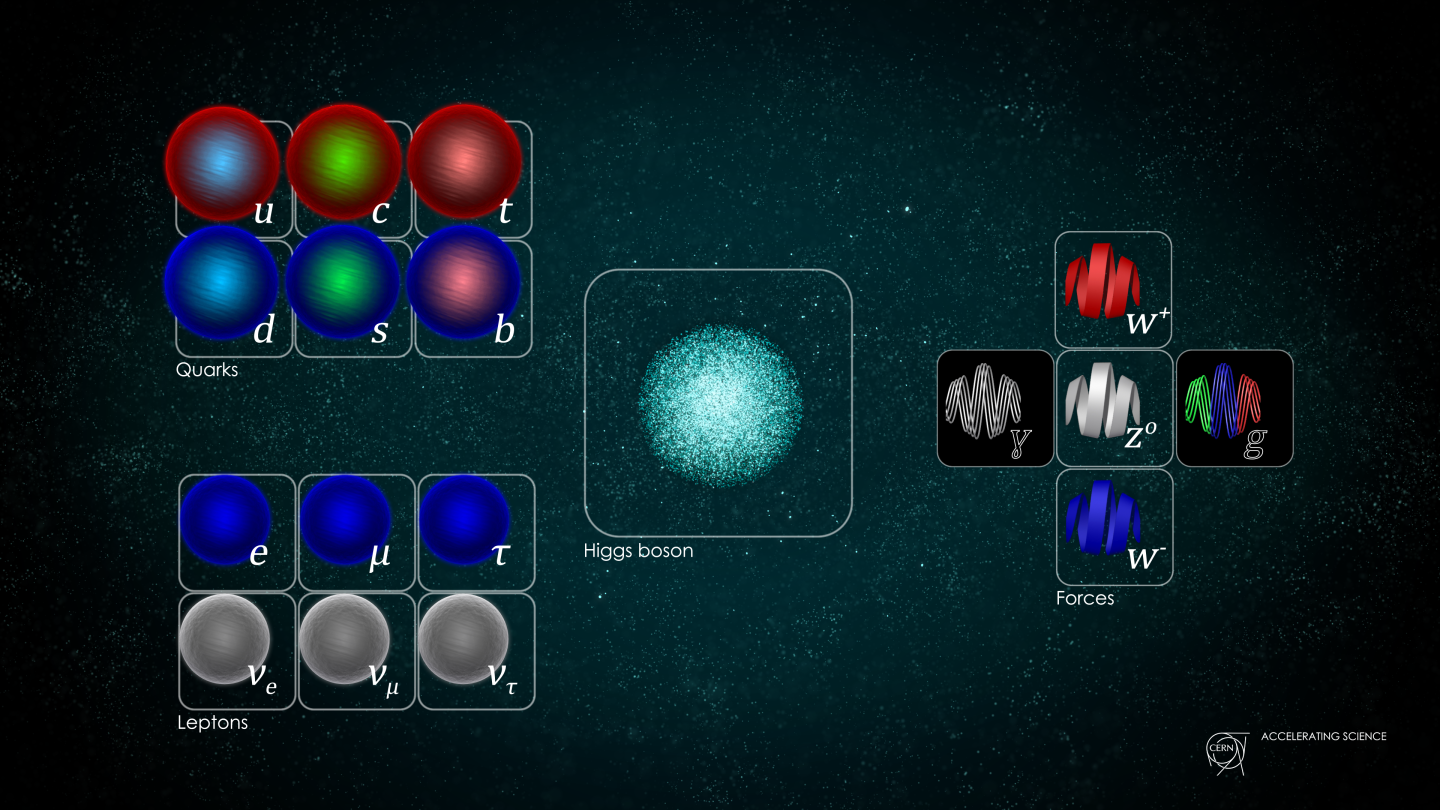In the 1920s, the pioneering physicist Erwin Schrödinger formulated an equation that fundamentally transformed our understanding of the universe. Schrödinger's equation describes how particles can behave like waves, a concept that underpins much of quantum mechanics.
Now, nearly a century later, researchers have made a remarkable advancement that perfectly recreates Schrödinger's predictions in the laboratory: capturing single atoms morphing into quantum waves.
A Historic Moment in Quantum Imaging
The recent breakthrough involves capturing images of individual atoms exhibiting wave-like behavior. This is a historic achievement, as it provides the clearest image ever seen of atoms behaving like quantum waves, just as predicted by Schrödinger's equation.
A Historic Moment in Quantum Imaging
The recent breakthrough involves capturing images of individual atoms exhibiting wave-like behavior. This is a historic achievement, as it provides the clearest image ever seen of atoms behaving like quantum waves, just as predicted by Schrödinger's equation.
This discovery opens up exciting possibilities for studying and understanding the exotic and often mysterious behavior of atoms at the quantum level. READ MORE...








